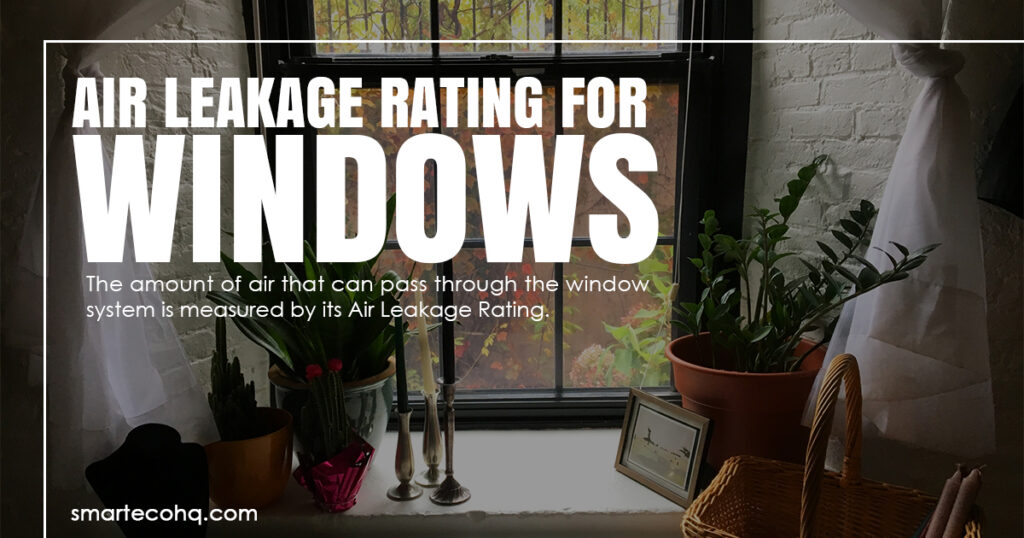The Importance of Addressing Air Leakage in Your Home

Air Leakage:
Air Leakage occurs when Uncontrollable External Air Enters and Conditioned Air Exit your home through cracks and gaps. Air leakage is a typical issue that may develop in any structure, including your house. It is the passage of air from outside to inside your home or from within your home to outside.
Air Leakage may cause various problems, including Higher Energy Bills, Poor Indoor Air Quality and Discomfort for Inhabitants. In this blog article, we’ll talk about why controlling air leakage in your house is essential and how to do it properly.
Table of Contents
- The Impact of Air Leakage on Your Home
- How to Detect Air Leakage in Your Home
- How to Address Air Leakage in Your Home
- Air Leakage Rating for Windows
1. The Impact of Air Leakage on Your Home
Air leakage may have a number of harmful effects on your home. For example,It can cause your heating and cooling system to work harder to maintain a comfortable temperature, resulting in increased electricity bills.
Moreover, Air Leakage can cause Moisture Problems, leading to mold development and structural damage in your home. Poor indoor air quality is another prevalent issue caused by air leakage, which can create health issues for residents.
2. How to Detect Air Leakage in Your Home
The first step in dealing with air leakage in your house is detecting it. There are various options for accomplishing this, including engaging an expert to perform energy analysis, which will aid in identifying areas of air leakage.
You may also do a basic visual check to detect air leaks. Check for gaps around windows and doors, Holes in Walls or Ceilings and find faults. A “Blower Door Test” which involves using a fan to pressurize your home and discover regions of air leakage, is another approach to detecting air leakage.
3. How to Address Air Leakage in Your Home
When you’ve identified places of air leakage in your house, the following steps are necessary to fix them. There are various methods for accomplishing this, including caulking and weatherstripping.
- Caulking is the process of applying a waterproof sealant to cover gaps and cracks around windows, doors, and other locations.
- Weather stripping is the process of closing gaps between moving components like windows and doors.
- Spray Foam Insulation, which covers gaps and cracks in your home’s walls, ceilings, and floors, is another option to manage air leakage.
4. Air Leakage Rating for Windows
The amount of air that can pass through the window system is measured by its Air Leakage Rating. It is typically measured in cubic feet per minute (CFM) per square foot of window area.
- Window Air Infiltration Ratings express the amount of exterior air that enters a building through a window in cubic feet per minute per square foot of window area at a certain difference in pressure.

What is a good air leakage rating for windows?
A good air leakage rating for windows is 0.3 cubic feet per min per sq foot (cfm/ft2) or even less.
Vinyl Windows Leaking Air
Leaking air from vinyl windows might be caused by improper installation, defective seals, or old frames.
Conclusion
To analyze, air leakage is a problem that may have serious effects on your home’s energy efficiency, indoor air quality, and overall comfort. By managing air leakage with suitable sealing and insulation, you can create a more pleasant, healthy and Energy-Efficient living environment. Hence, take the time to analyze your house for air leaks and solve any faults you notice. Your money, health and comfort will all be grateful.

